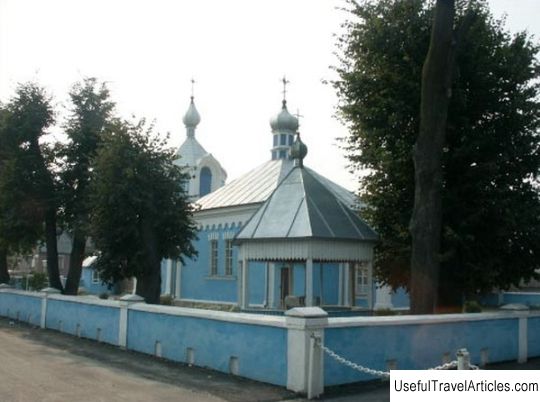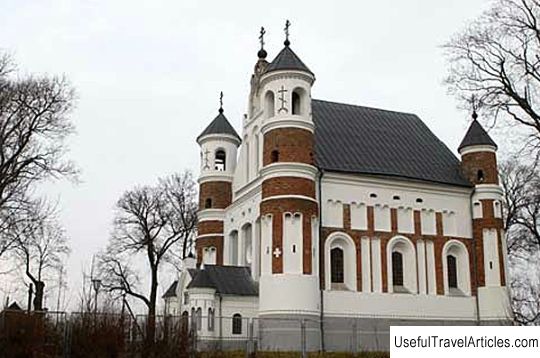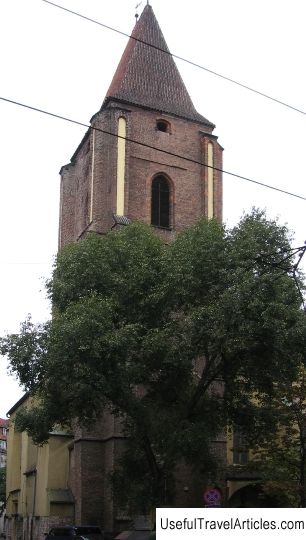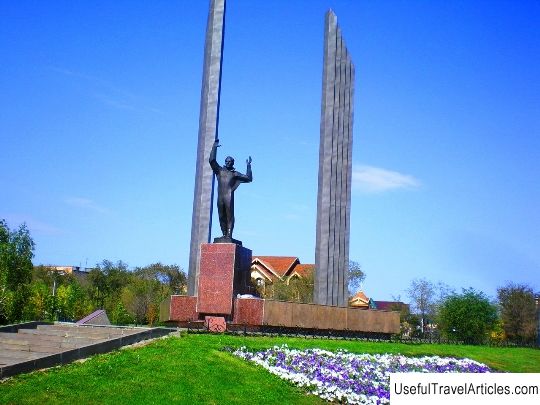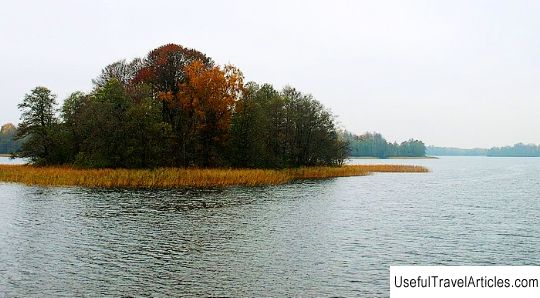Church of the Nativity of the Blessed Virgin Mary description and photos - Lithuania: Trakai
Rating: 8,0/10 (2544 votes) 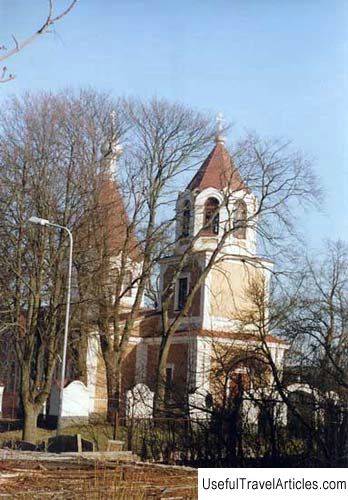
Church of the Nativity of the Blessed Virgin Mary description and photos - Lithuania: Trakai. Detailed information about the attraction. Description, photographs and a map showing the nearest significant objects. The name in English is Church of the Nativity of the Blessed Virgin Mary. Photo and descriptionTrakai Lake District is the ancient capital of Lithuania. The appearance of Orthodoxy in these places is associated with the Lithuanian prince Gediminas (1314-1341). After the annexation of the Russian principalities in the southwest by the Grand Duke: Vladimir (Volyn), Lutsk, the city of Zhitomir, Kiev, a considerable number of Orthodox people settled in Trakai. Russian Orthodox customs began to penetrate the princely environment. To take care of the first Orthodox communities that appeared in 1384, it was necessary to build churches, and by 1480 already 8 Orthodox churches were built. Several of them were dedicated to the Most Holy Theotokos: Nativity, Dormition, Entry into the Temple. The largest of them was consecrated during the part of the Nativity of the Virgin, and a monastery was located next to it. But in 1480, King of Poland and Grand Duke of Lithuania Casimir IV, a decree was issued, which spoke about the prohibition of Orthodox Christians to build and repair churches. And in later times, Orthodoxy in these parts began to decline. Although the monastery and the Church of the Nativity of the Virgin remained for a long time the mainstay and stronghold of the Orthodox faith. In 1596, with the adoption of the union, the monastery and the temple passed to the Uniates and it was assigned to the Vilna monastery of the Holy Trinity. Bernardine monks and Dominicans made claims on other Orthodox churches and their property. In 1655, there was a war between Poland and Russia, many shrines perished in the fire and Orthodox traditions on this land were interrupted for many years. The first Orthodox refuge - a prayer house, appeared here only in 1844 in an old tavern, its the equipment was extremely scarce. But in those days, the Orthodox religion in the Russian Empire was considered state not only in the central provinces, but also in the outskirts. Uniatism was abolished, all the property of the church was transferred to the Orthodox diocese. But in the city of Trakai not a single Orthodox church remained, although the parish numbered about 500 people. The peasants were unable to raise funds for the temple even though the collection lasted for 20 years. The construction became possible only after the Russian Empress Maria Alexandrovna donated 3 thousand rubles for the construction of the temple, the exact same amount was allocated by the Holy Synod. And in August 1862, on a hill near the lake in Trakai, the site of the temple was chosen and consecrated. In just one year, the temple was built. It had a cruciform shape, with a dome of eight faces, coated with sheet metal. In September 1863, the temple was consecrated in honor of the Nativity of the Most Holy Theotokos. In 1865, a donation was made to the Church of Trakai - a silver gilded tabernacle - the Heir to the Tsarevich and Grand Duke Alexander Alexandrovich. The parish was headed by priest Vasily Penkevich, who became Dean of the Trakai region. In 1875, the community was already a parish of 1188 people. In 1915, when Archpriest Matthew Klopskaya was the rector of the parish, there were about a thousand parishioners in the community. But during the war years, services were suspended, since during the hostilities the bell tower and the western wall of the temple were completely demolished, a shell punched a huge hole there. For a long time the parish was without a real temple and constant pastoral care. Between the First and Second World Wars, the parish had to survive on the territory belonging to the Polish-Lithuanian Commonwealth. But despite this, Orthodox divine services continued in small rented premises. But in 1938, the rector Mikhail Starikevich began a major overhaul of the church. Unfortunately, in May 1945, tragedy struck, Fr. Mikhail Starikevich drowned on the lake while rescuing drowning children. Several abbots later changed in a short period; there were few believers - about 500 people. Since 1988, the Nativity of the Theotokos parish was led by priest Alexander Shmaylov. At first, the services were attended by no more than 15 people. And the abbot had to go around all the nearest villages and farms, visiting his future parishioners. Through his labors the parish grew, young people began to come to the church, families attending church. The church was renovated, the walls were finished, the roof was re-covered.        We also recommend reading Church of the Life-Giving Trinity description and photo - Russia - Ural: Chelyabinsk Topic: Church of the Nativity of the Blessed Virgin Mary description and photos - Lithuania: Trakai. |
